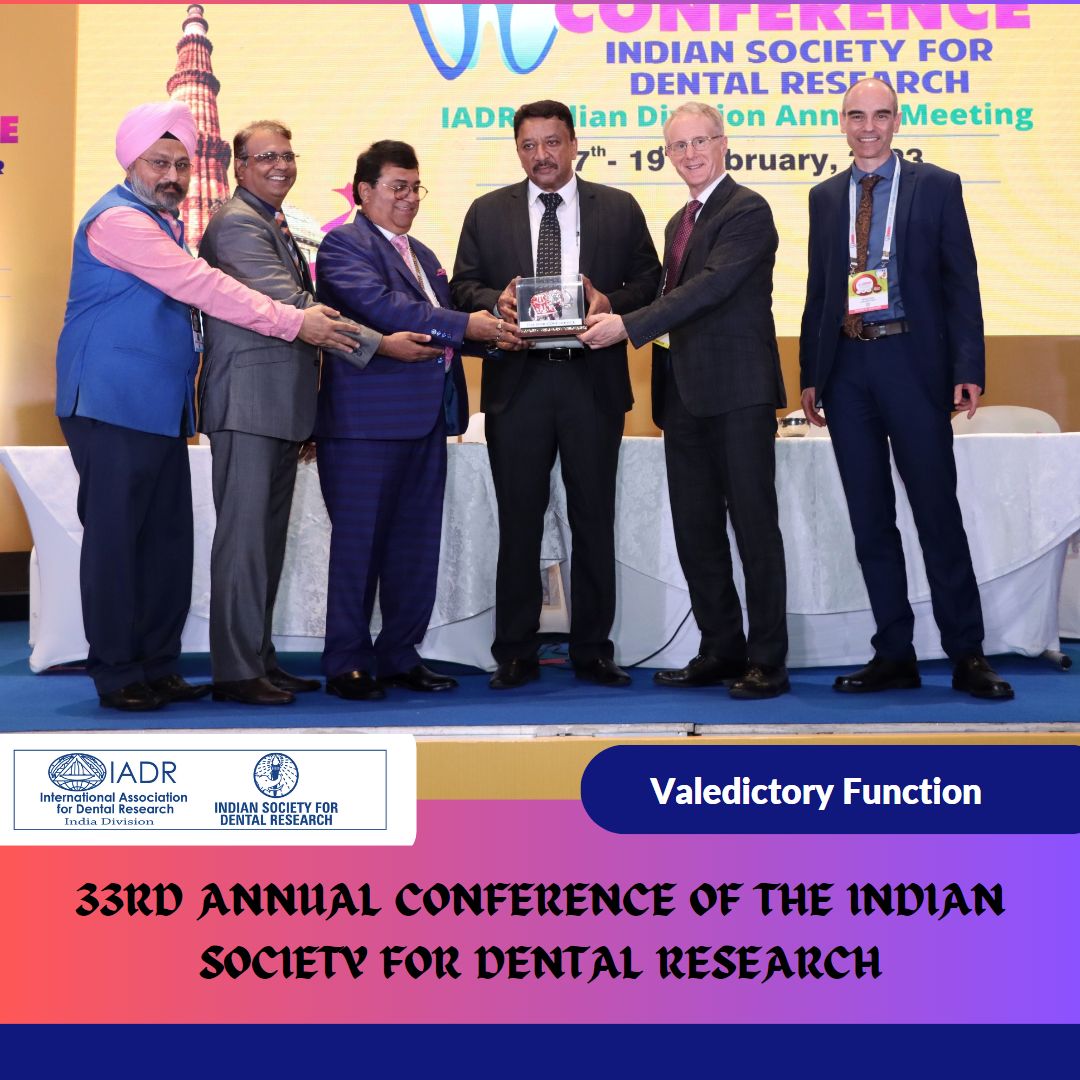Oral and Maxillofacial Surgery
Oral and maxillofacial surgery deals with major and minor surgeries of the oral and facial region. It is a specialty of dentistry. Oral and maxillofacial surgeons train for a period of three years to obtain their masters in the field. This specialty comprises of many procedures.
Essentials of Oral and Maxillofacial Surgery
They can be broadly divided into three categories, namely essential, cosmetic and emergent. It involves setting right effects of diseases, injuries and defects. Each of these three employs distinctively different approaches. Oral and maxillofacial surgeons undergo rigorous training and have to be dedicated to their calling. This calls for long hours of work. Both major and minor procedures are performed by oral and maxillofacial surgeons. The most common oral and maxillofacial surgery procedure performed by oral and maxillofacial surgeons is tooth impactions.
A tooth is said to be impacted when its path of eruption is blocked and it remains buried in the jawbone within the soft tissue. Oral and maxillofacial surgeons remove bone covering the tooth to extract it. Some impacted teeth develop into dentigerous cysts. This leads to extensive destruction of bone in the region. Oral and maxillofacial surgeons use rib grafts to reconstruct the jawbone affected by diseases, injuries and defects. Dental implants are placed at a later date to complete rehabilitation of oral structures.
An experienced oral and maxillofacial surgeon in Chennai, India
Dr SM Balaji is a consultant Oral and Maxillofacial Surgeon in India. He is the Founder-Director of Balaji Dental and Craniofacial Hospital, India. His experience spans a period of over 28 years. He has performed over 20,000 surgeries in this period. They range from the simplest of impactions to the most complicated craniofacial surgeries.
Employment of scientific advances in Oral and Maxillofacial Surgery
Cutting edge scientific advances are constantly utilized in oral and maxillofacial surgery. Newer materials are being constantly developed to rehabilitate patients affected by oral conditions. Oral and maxillofacial surgeons utilize materials such as Medpor and Osteomesh on a daily basis. Other materials such as Surgicel and titanium plates and screws are an integral part of oral and maxillofacial surgery.
Innovation has always been a part of oral and maxillofacial surgery. They help in bettering the results obtained by oral and maxillofacial surgeons. Soft tissue contouring is also an integral part of successful oral and maxillofacial surgery. Innovations in materials and techniques result in better outcomes for patients undergoing oral and maxillofacial surgery.
History of Oral and Maxillofacial Surgery
Oral and maxillofacial surgery is one of the oldest branches of dentistry. Evidence of oral and maxillofacial surgery on skulls dating back to hundreds of thousands of years have been unearthed around the globe. These oral and maxillofacial surgeries range from simple extractions to trephination of abscesses. Oral and maxillofacial surgery is the bedrock of dentistry around which the other specialties developed. One reason could be that oral and maxillofacial surgery was traditionally utilized for pain relief. Many ancient surgical texts relate simple oral and maxillofacial surgery procedures that were in practice for pain relief. Soft tissue surgery was a major part of oral and maxillofacial surgery in ancient times.
Ancient Chinese, Indians and the Mayans were enthusiastic practitioners of oral and maxillofacial surgery in ancient times. Ancient warfare involved close hand to hand combat unlike modern warfare. This resulted in horrific soft tissue and hard tissue facial injuries. Oral and maxillofacial surgeons were an essential part of every army. It was during wartime that the greatest advances in oral and maxillofacial surgery were achieved in ancient times. Splinting of injuries and infection control of facial wounds were an essential part of every oral and maxillofacial surgeon’s armamentarium in the ancient days. Each small advance had led to the development of the highly scientific field of oral and maxillofacial surgery that we have today, which deals with diseases, injuries and defects.
Specialty Hospital for Oral and maxillofacial surgery in india
Balaji Dental and Craniofacial Hospital is a specialty Hospital for Oral and Maxillofacial Surgery in India. Dr SM Balaji is the director of the hospital. With over 28 years of surgical experience, he has performed over 20000 cases in his career. He has authored two specialist Oral and Maxillofacial Surgery textbooks, which are best selling textbooks among students of Oral and Maxillofacial Surgery.
He is visiting faculty in many Oral and Maxillofacial Surgery specialty hospitals around the world. Editor in Chief of the Annals of Oral and Maxillofacial Surgery, a specialty journal in the field of Oral and Maxillofacial Surgery, his academic achievements equal his surgical expertise.

Surgeries that fall under Oral and Maxillofacial Surgery
Oral and maxillofacial surgery comprises of both minor and major surgeries. Simple impactions are the most surgery performed by an Oral and Maxillofacial Surgeon. Cases can also present with multiple impactions. The most complicated impactions would be those that are impacted along the inferior border of the mandible or are located in the maxillary antrum.
The tissues of the oral cavity are highly vascular in nature. Training period for oral and maxillofacial surgery is prolonged to enable oral and maxillofacial surgeons to face any situation that might arise during surgery. The advent of modern imaging systems has completely removed the element of uncertain diagnoses from the lexicon of oral and maxillofacial surgery. Every single condition can be diagnosed prior to the oral and maxillofacial surgeon performing surgery on the patient.
Surgery for correction of cleft lip and palate
Cleft lip and palate surgery is a specialized oral and maxillofacial surgery procedure. Tissues of the oral cavity are unlike any other soft tissue. Cleft palate surgery involves the soft tissue of the lip. It involves dedication and compassion from the part of the oral and maxillofacial surgeon. This is a congenital deformity that arises from nonfusion of the two halves of the lip and palate. An oral and maxillofacial surgeon should be well versed in the basic sciences to perform this surgery. Knowledge of the anatomy of the lip including the blood supply, the nerves and the musculature is essential for the oral and maxillofacial surgeon.
The oral and maxillofacial surgeon has to approximate the two halves in perfect alignment to avoid scar formation. There is only minimal scar formation in the hands of a good oral and maxillofacial surgeon. Even this minimal scar fades away over time leaving behind symmetrical lips with no cosmetic compromise for the patient.
Jaw correction surgery | Corrective Jaw Surgery by an oral and maxillofacial surgeon
Orthognathic surgery is performed to correction of jaw size. It can either involve reduction in jaw size or advancement of jaw to increase jaw size. There are three components are related to esthetic appearance of the lower face. First is the size of the lower jaw in relation to the upper jaw and the skull. Second is the size of the upper law in relation to the lower jaw and the skull. Third is the relationship of the skull bone with the upper jaw and lower jaw. Any mismatch in any one requires the services of an oral and maxillofacial surgeon to correct it. Surgery performed for correction of this is known as orthognathic surgery. Jaw size reduction is achieved by bilateral sagittal split osteotomy in the case of the mandible. Maxillary size reduction is through a combination of Le Fort procedures.
An oral and maxillofacial surgeon has to first obtain biometric readings for the patient through imaging studies. A mock surgery is then performed by the oral and maxillofacial surgeon on either study casts or stereolithographic models.
Once the degree of reduction is ascertained by the oral and maxillofacial surgeon, the oral and maxillofacial surgery procedure is performed on the patient to achieve the predetermined result. Advancement of jaw to increase jaw size is required in case of small jaw size. An oral and maxillofacial surgeon achieves this through distraction osteogenesis or bone grafts. Distraction osteogenesis involves surgery only at the site where bone has to be advanced. Bone grafting requires additional surgery to obtain the bone graft. The best oral and maxillofacial surgeons advocate the use of distraction osteogenesis where this procedure is feasible.
Enucleation of cysts with reconstructive surgery of the jaws by an oral and maxillofacial surgeon
Complex cysts occur in approximately 0.53% of the population. An oral and maxillofacial surgeon addresses this by means of surgical removal of the lesion. Reconstructive surgery is performed where bone destruction is extensive. Dentigerous cysts form around impacted teeth in the lower jaw. These usually result in extensive destruction of the bone. The involved portion of the jawbone has to be resected. This results in extensive facial deformity if reconstructive surgery is not performed. The tissues of the oral cavity are richly innervated with abundant blood supply. An oral and maxillofacial surgeon performs reconstructive surgery concurrent with the resection surgery. This is through the use of titanium plates and rib grafts. Dental implant placement through oral and maxillofacial surgery at a later date completes rehabilitation of the patient.
Rehabilitation of oral cancer patients through reconstructive oral and maxillofacial surgery
Approximately 5% of cancer occurrence in India involves the oral cavity. This is mainly as a result of tobacco and alcohol abuse. The tissues of the oral cavity are very sensitive and get affected easily. An oral and maxillofacial surgeon heads the oncological team that deals with rehabilitation of oral cancers. The oral and maxillofacial surgeon performs radical resection of the affected part including block dissection of affected lymph nodes. This results in extensive facial deformity for the patient. The oral and maxillofacial surgeon is again an integral part of the reconstructive team. Oral and maxillofacial surgery performed on these patients utilizes a wide variety of flap designs for reconstructive purposes to repair diseases, injuries and defects.
Facial feminization surgery as a specialty oral and maxillofacial surgery procedure
Hairline reduction is an essential component of facial feminization surgery. Masculine features such as prominent chin button, raised angle of mandible and other such features are made feminine by reducing the proportions following biometric studies done before surgery. This gives the patient a more feminine look.






